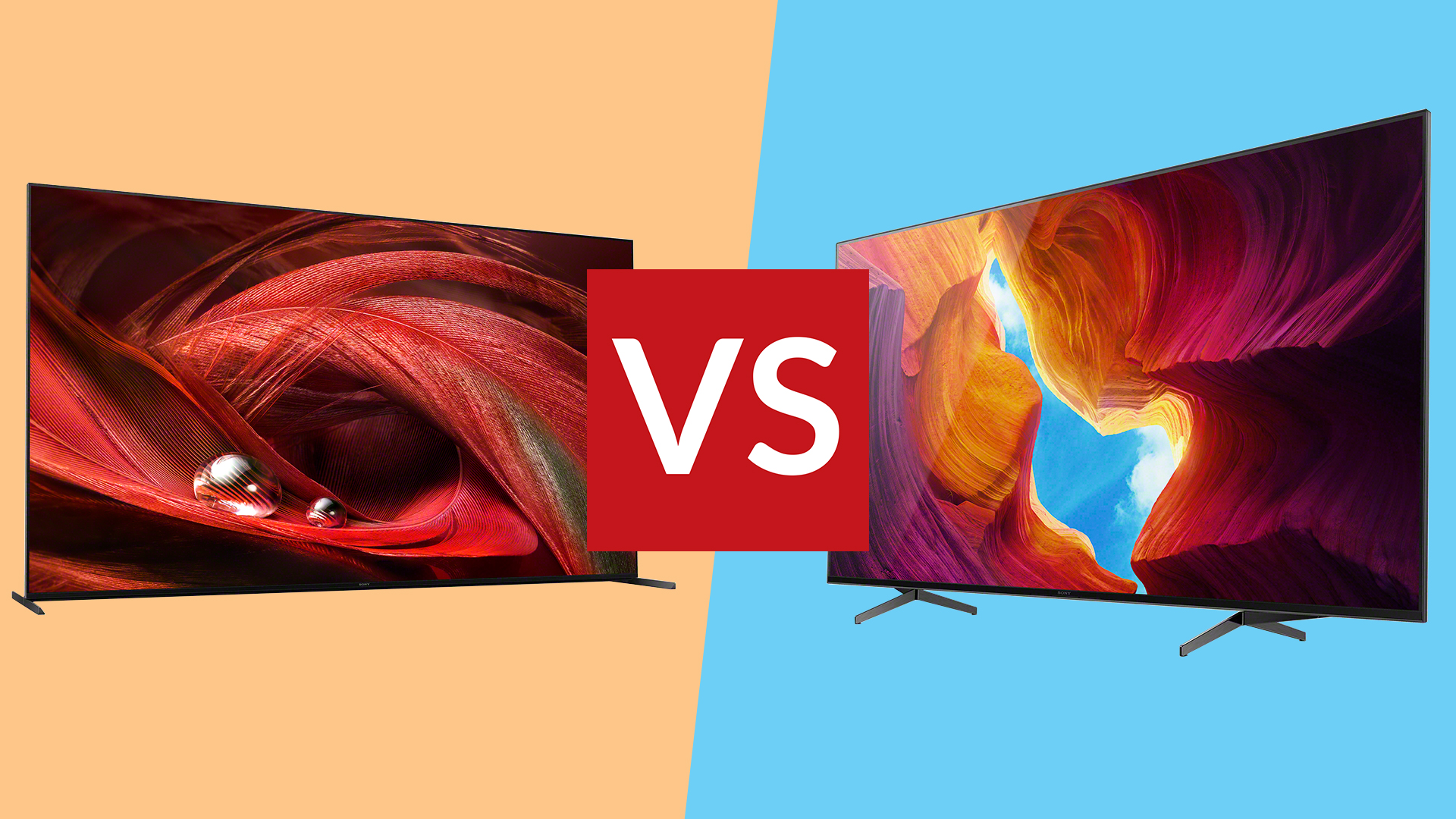

If you want a high-end Sony 4K LCD TV, you might wondering about Sony X95J vs the Sony XH95 (known as the X950H in the US). The X95J is the upcoming model that represents Sony's best 4K TV that isn't OLED, and the XH95/X950H is the equivalent model from 2020.
Newer is going to be better, right? Well, maybe. The key thing is that now that the price of the XH95/X950H has fallen a lot, it represents pretty stunning value. It's not only in our guide to the best TVs, but also our guide to the best TVs under £1000.
There's also the matter of size. The X95J is only coming in 65-inch and bigger, which will be a real issue for some people. The XH95/X950H, however, ranks among the best 50-inch TVs and the best 55-inch TVs.
However, the X95J packs some new features, including a vital upgrade to include the kind of connectivity that the best gaming TVs offer, which is a big deal for next-gen consoles. Let's get stuck into all the differences, so you can make a more informed decision.
Sony X95J VS Sony XH95: Screen sizes and price
The Sony X95J is the latest flagship 4K HDR LCD TV from the company, and the emphasis is very much on larger screen sizes. As a result there’s only a choice of three models, ranging from the 65-inch 65X95J ($2,299/UK TBC) and 75-inch 75X95J ($2,999/UK TBC), to the huge 85-inch 85X95J ($4,499/UK TBC).
The X95J is set to arrive Down Under later this year. We'll update you on Australian pricing once released by Sony.
The older Sony XH95/X950H is cheaper and offers a wider selection of screen sizes, ranging from the sensible to the massive. That means you can choose from 49-inch (£849/$999/AU unavailable), 55-inch (£999/$1,199/AU$2,095), 65-inch (£1,399/$1,599/$AU2,695), 75-inch (£1,999/$2,399/AU$3,695), and 85-inch (£2,499/$3,799/AU unavailable). So if you’re looking for a smaller screen size, the XH95/X950H is the only option.
Sign up to the T3 newsletter for smarter living straight to your inbox
Get all the latest news, reviews, deals and buying guides on gorgeous tech, home and active products from the T3 experts
Sony X95J VS Sony XH95: Design & connections
The Sony X95J uses an attractive minimalist ‘One Slate’ design with the panel encased inside a thin monolithic block, while the screen is behind a single sheet of glass and surrounded by a Seamless Edge bezel. With a three-way stand, cable management and a premium remote control, Sony certainly knows how to put together an eye-catching TV.
There’s an impressive set of connections as well, with four HDMI 2.1 inputs that not only support eARC, but also 4K 120Hz for high frame rate gaming. There are three USB ports, twin terrestrial and satellite tuners, composite/component video inputs and a digital optical output, along with Bluetooth 4.2, dual-band Wi-Fi, Chromecast and AirPlay 2.
The Sony XH95/X950H isn’t quite as eye-catching, but as the previous flagship LCD 4K TV, it’s no slouch in the looks department either. As a result it also sports a ‘One Slate’ design, but with an aluminium flush finish, dual position stand, cable management and a premium remote control.
While there’s no support for 4K 120Hz or HDMI 2.1 generally, the XH95 still includes four HDMI inputs (one with eARC), three USB ports, twin terrestrial and satellite tuners, composite/component video inputs and a digital optical output. There’s also Bluetooth 4.2, dual-band Wi-Fi, Chromecast and AirPlay 2.
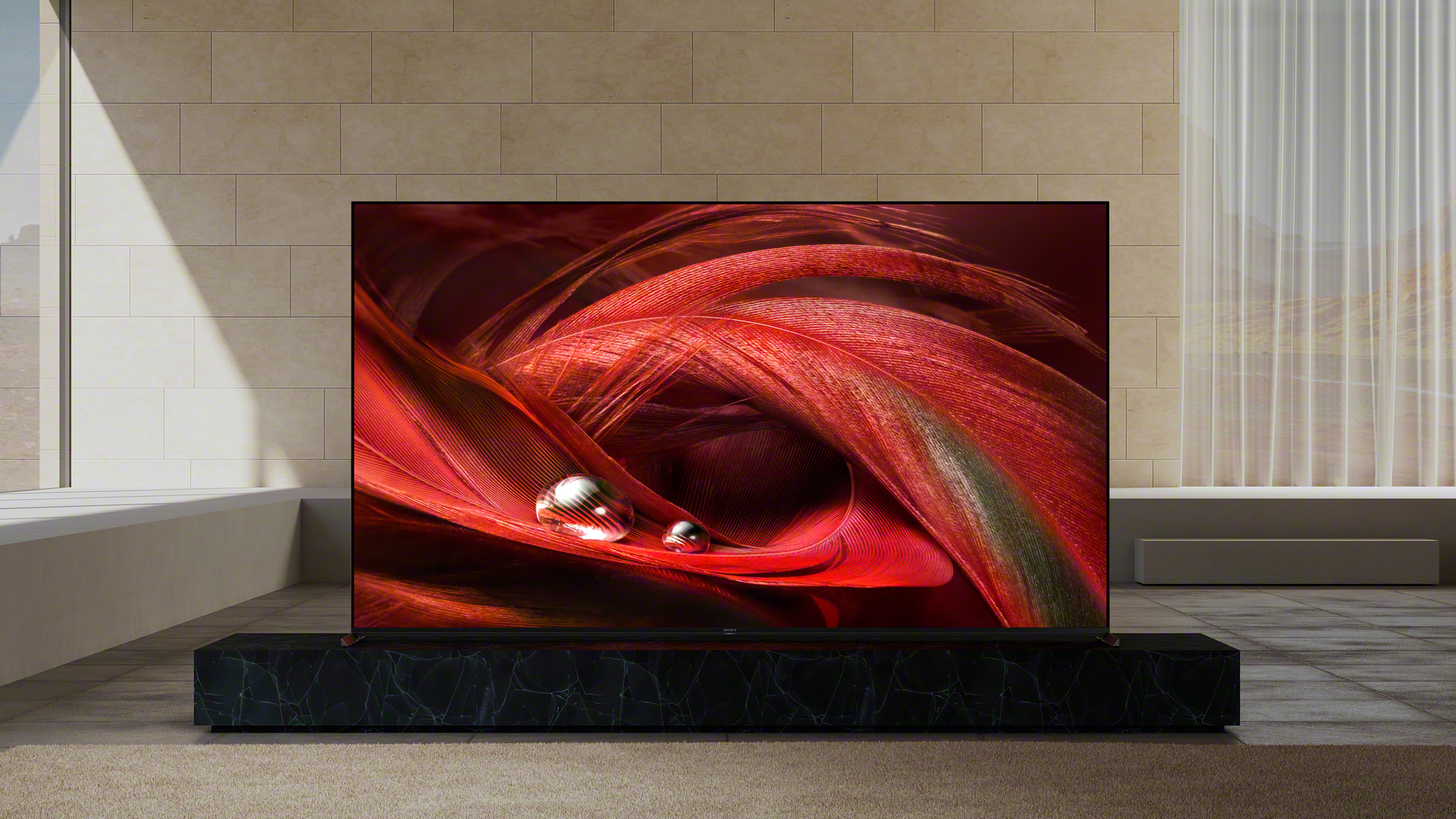
The Sony X95J should offer a jump in picture quality over last year's model.
Sony X95J VS Sony XH95: Picture quality
The Sony X95J represents the pinnacle of the company’s BRAVIA XR range with a Full Array LED backlight, local dimming, Triluminos Pro panel, and Cognitive Processor XR. The result is images with wider colours, increased contrast, superior upscaling and improved motion handling; while the X-Wide Angle panel and X-Anti Reflection filter ensures these pictures look good in any room.
The X95J not only supports 4K 120fps, but also HDR10 (the basic standard), HLG (for live broadcast), Dolby Vision, and even IMAX Enhanced. As a result this TV delivers fantastic 4K and HDR pictures, but thanks to its impressive AI-enhanced upscaling will also get the best out of lower resolution images. Finally, this excellent TV delivers a sub-10ms input lag.
The Sony XH95/X950H isn’t quite as cutting-edge as the X95J, but still employs a Full Array LED backlight, local dimming, X-tended Dynamic Range Pro, Triluminos panel and X1 Ultimate 4K HDR processor. The images the TV produces are detailed, accurate, colourful, and bursting with contrast, and thanks to the X-Wide Angle panel, they look good wherever you’re sat in the room.
The XH95/X950H employs Dynamic Contrast Enhancer and Object-based HDR remaster tech to create increased dynamic range, and also supports HDR10, HLG, Dolby Vision, and IMAX Enhanced. Like the X95J it doesn’t support HDR10+, but that’s no great loss, and it boasts a 15ms input lag, making this LCD TV a great all-rounder when it comes to picture quality and performance.
The new model might have more tricks up its sleeve, but when it comes to balancing visuals and price, the 2020 model is very hard to beat.
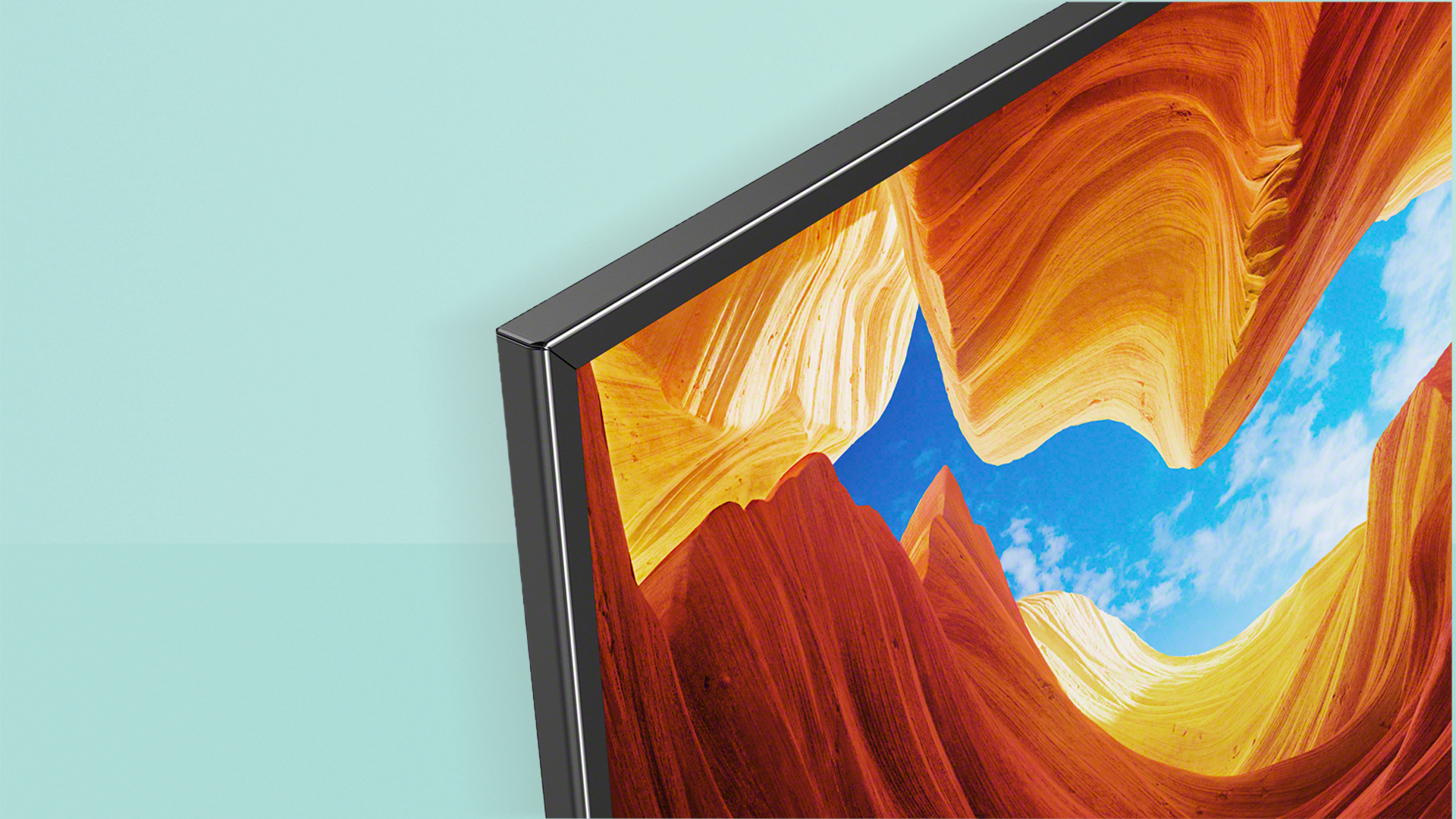
Both of these TVs offer better sound than the competition.
Sony X95J VS Sony XH95: Sound quality
The Sony X95J boasts the company’s latest innovation in audio technology, with Acoustic Multi-Audio. This employs sound position tweeters and integrated subwoofers to ensure a powerful sonic performance with audio that matches what’s happening on screen. The new Cognitive Processor XR applies its AI-enhanced processing, adding Acoustic Auto Calibration, XR Surround and 3D Surround Upmixing, along with support for immersive Dolby Atmos object-based audio.
The Sony XH95/X950H doesn’t benefit from the new Cognitive Processor XR, but does use the same Acoustic Multi-Audio speaker layout on its 55-inch and larger screen sizes. It also uses X-Balanced Speakers on these larger screens, and includes Voice Zoom for clearer dialogue, along with S-Force Front Surround for a more expansive sonic experience. There’s also decoding for Dolby Atmos, resulting in immersive audio support and a solid acoustic performer.
Both are a cut above what most TVs offer from built-in sound.
Sony X95J VS Sony XH95: Smart TV features
The Sony X95J uses the new Google TV smart platform, which the company is now rolling out on many of its 2021 TVs. The system promises a more comprehensive and better curated system, with built-in Google Assistant, hands-free voice search and Chromecast. The TV also works with Amazon Alexa, supports Apple’s HomeKit, and includes YouView as part of its TV guide. New this year is BRAVIA Core, a high-end 4K and IMAX Enhanced streaming service from Sony Pictures.
The Sony XH95/X950H uses the Android smart TV platform that Sony has included in most of its TVs for the last few years. The implementation improved significantly over that period, with a better-designed interface, faster response and a more robust delivery. There’s also an extensive selection of catch-up and streaming services available, built-in Google Assistant, Alexa compatibility, support for Apple HomeKit, and YouView as part of its TV guide.

The Sony XH95/X950H's price cuts make it real value for money.
Sony X95J VS Sony XH95: Verdict
The Sony X95J offers the very best when it comes to LCD performance for its price, with 4K HDR images that benefit from the new Cognitive Processor XR. A host of other features ensure optimal picture quality, as well as superior sound, a comprehensive smart platform and extensive gaming features. If you have the budget, the X95J is undoubtedly one of the best LED TVs you can buy.
If you don’t have sufficient funds, or you simply want a smaller 49- or 55-inch screen size, then the XH95 makes for a great alternative. It might not have the latest AI-enhanced chipset but the X1 Ultimate processor is still impressive, many of the picture quality improvements are the same, the sound system is similar, and Android TV remains a very capable smart platform. For gaming, its lack of HDMI 2.1 means you should probably look elsewhere, though.
Steve Withers is a professional calibrator and freelance journalist who regularly contributes to T3, reviewing audio and video products, and writing articles. Steve has been writing about audio and video products for over ten years and, along with T3, he also contributes to TechRadar, Trusted Reviews, Expert Reviews, AVForums, Pocket-lint, Home Cinema Choice, and Wired. Steve is Level 2 certified with THX, the Imaging Science Foundation (ISF) and the Home Acoustics Alliance (HAA). As such, he remains abreast of all AV technology developments and the latest industry standards as we transition into a new era in home video and audio.
-
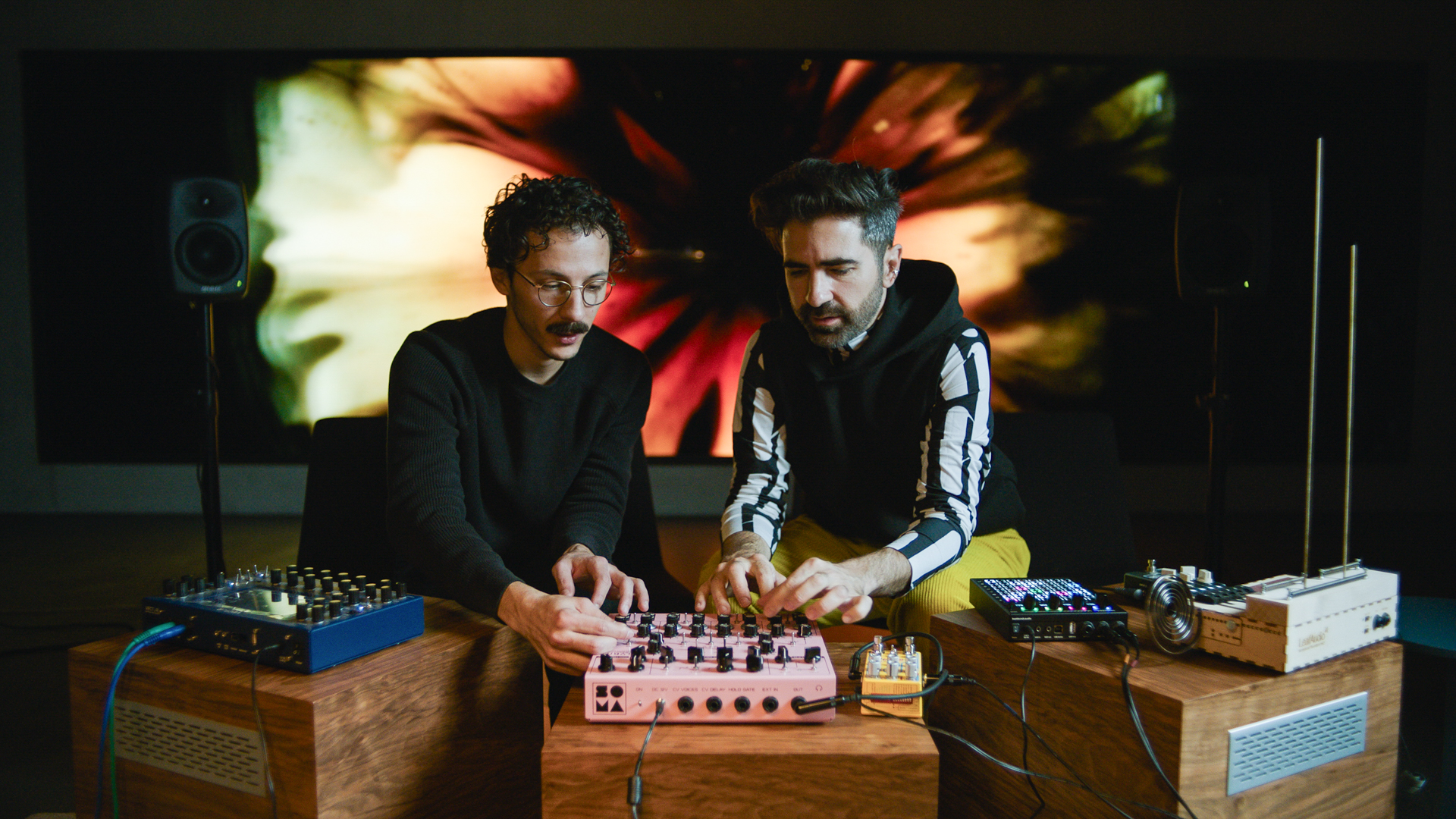 This is the sound of BMW's upcoming Neue Klasse EVs
This is the sound of BMW's upcoming Neue Klasse EVsHas BMW cracked the problem of making EVs sound fun with its next-gen soundscape for its Neue Klasse cars
By Alistair Charlton
-
 Build unshakeable core strength with a kettlebell and these three exercises
Build unshakeable core strength with a kettlebell and these three exercisesAdd this to the end of your workout to fire up your midsection muscles
By Bryony Firth-Bernard
-
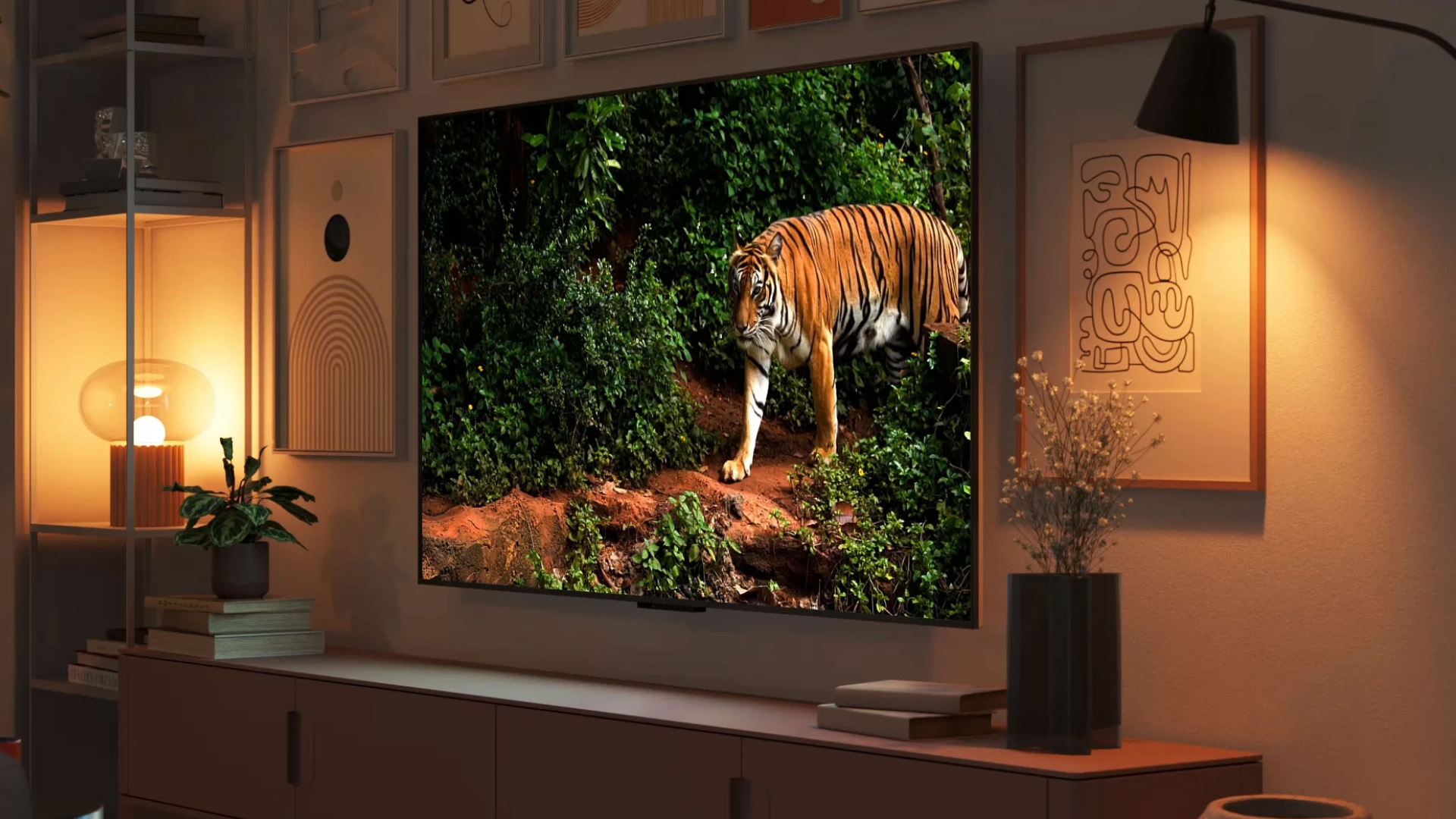 Amazon Fire TV Omni Mini-LED 4K TV review: a huge step up in performance
Amazon Fire TV Omni Mini-LED 4K TV review: a huge step up in performanceAmazon's second-gen Fire TV and first Mini-LED TV is a great option
By Steve May
-
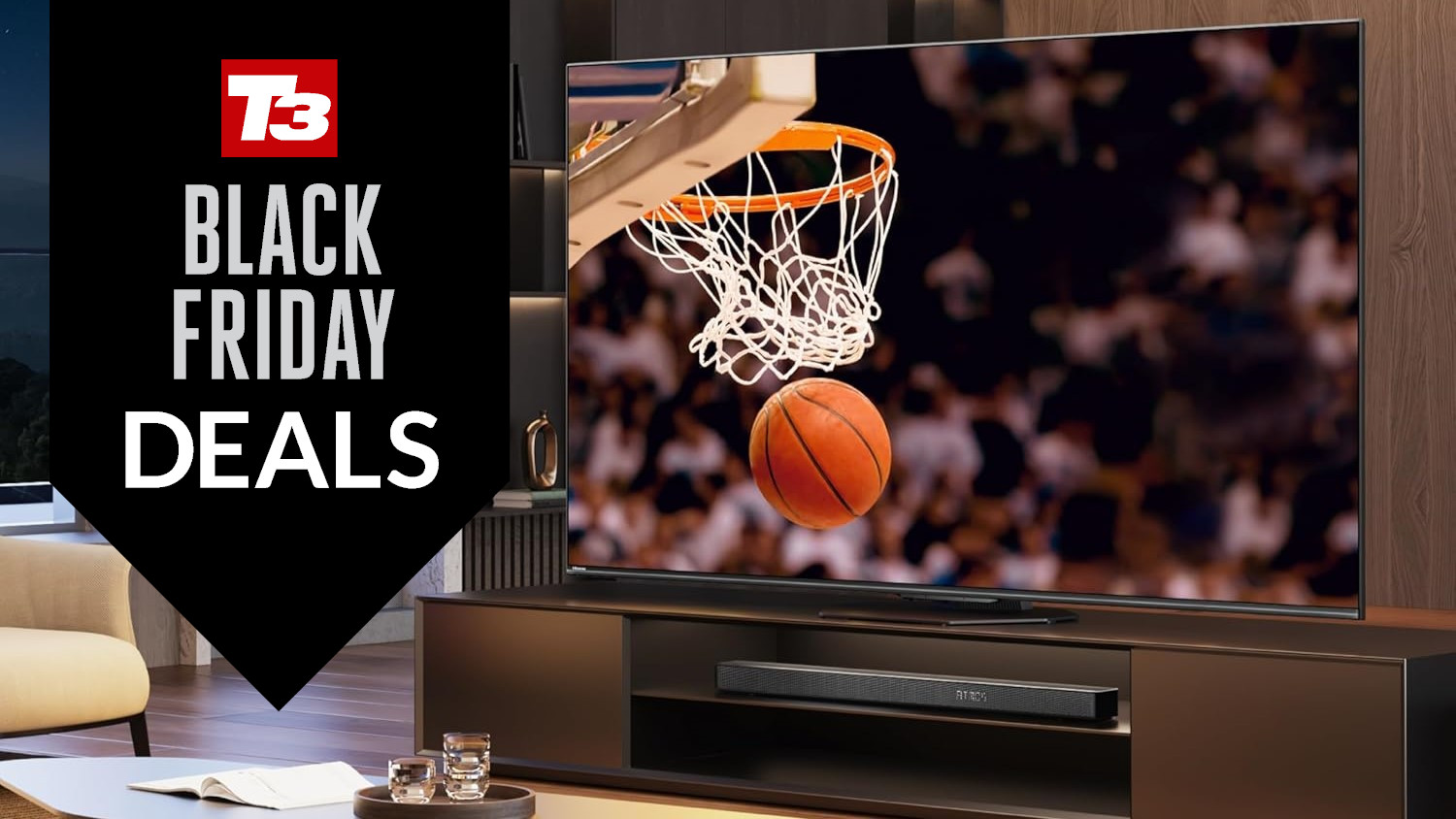 Early Black Friday deal sees price of massive 75-inch TV slashed
Early Black Friday deal sees price of massive 75-inch TV slashedYou'll even get a free copy of NBA 2k25
By Sam Cross
-
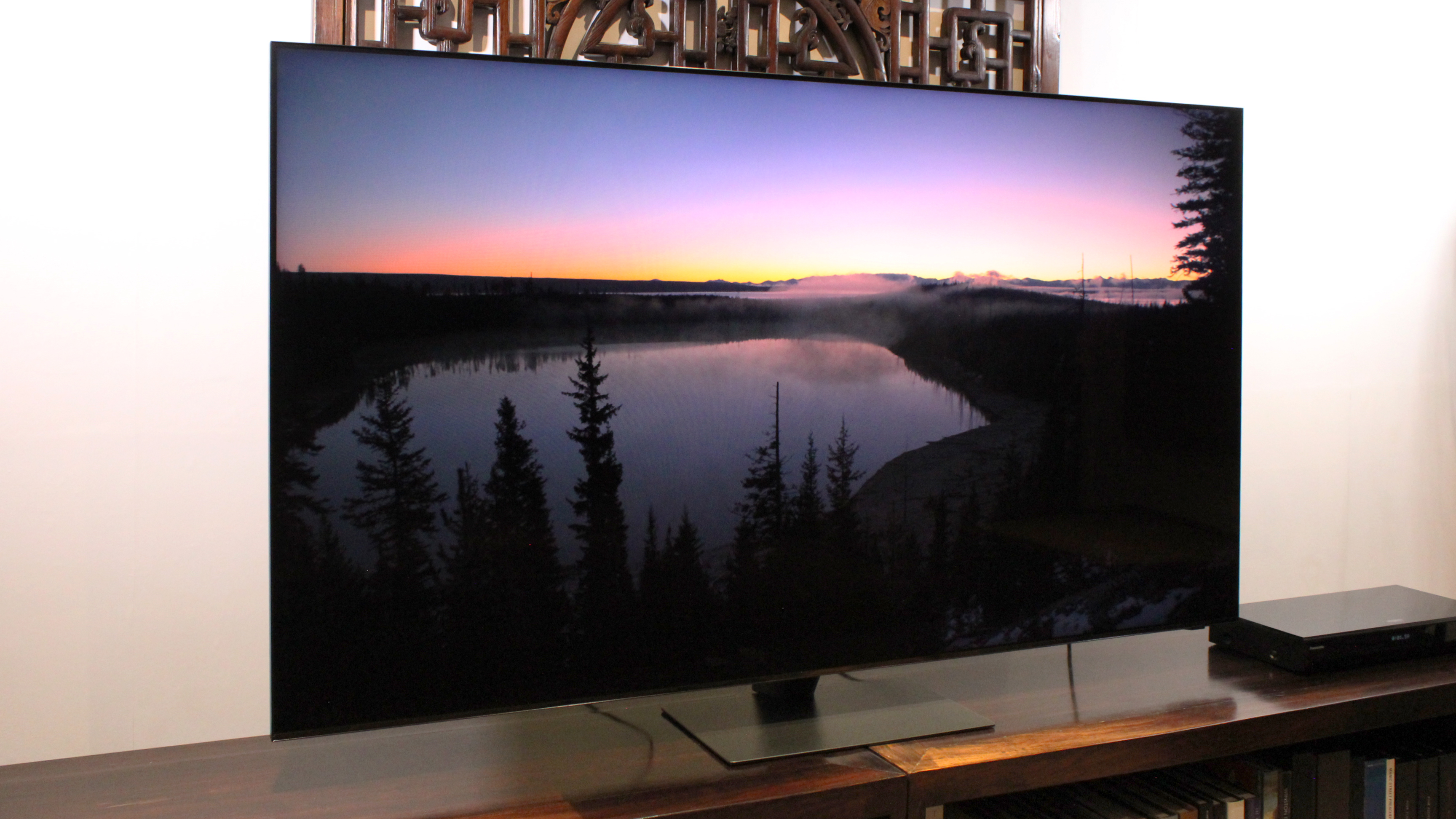 Your Samsung TV just got its biggest free upgrade yet
Your Samsung TV just got its biggest free upgrade yetOne UI is rolling out to the latest Samsung TVs now
By Britta O'Boyle
-
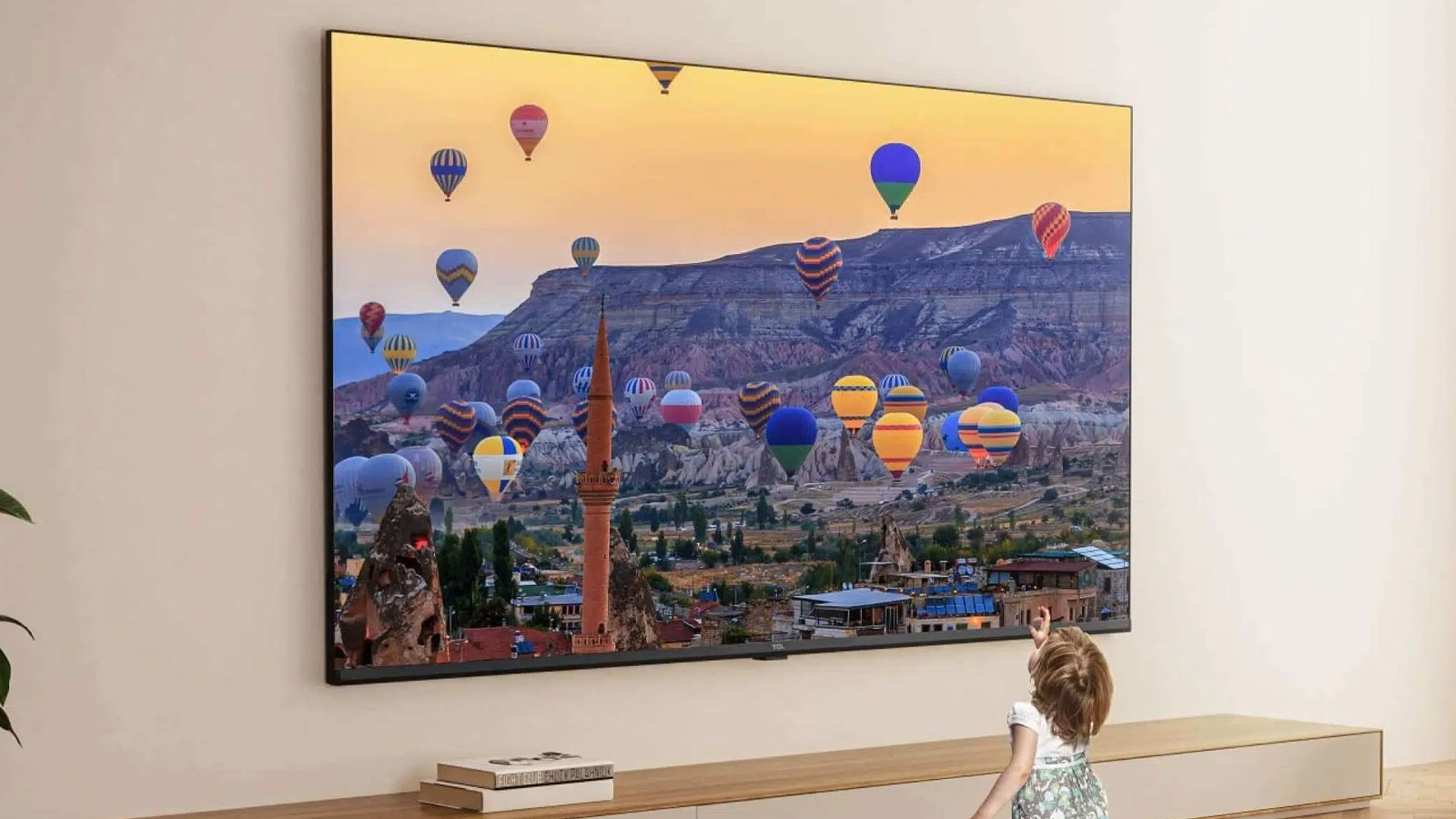 This ultra-bright mini-LED TV is the display of my dreams
This ultra-bright mini-LED TV is the display of my dreamsTCL's next flagship looks fantastic
By Andy Sansom
-
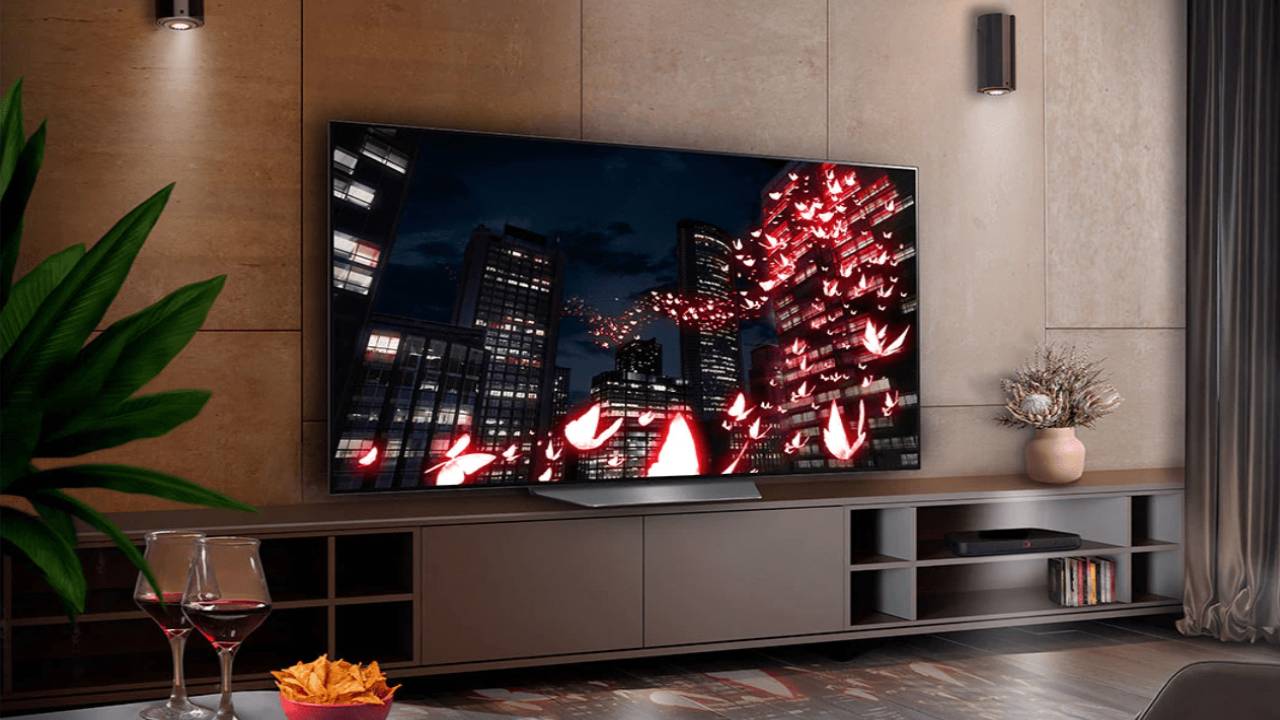 LG TV owners just got Apple TV+ for free
LG TV owners just got Apple TV+ for freeNo matter if you have an LG OLED TV or an LED model, you just got Apple TV+ for free
By Robert Jones
-
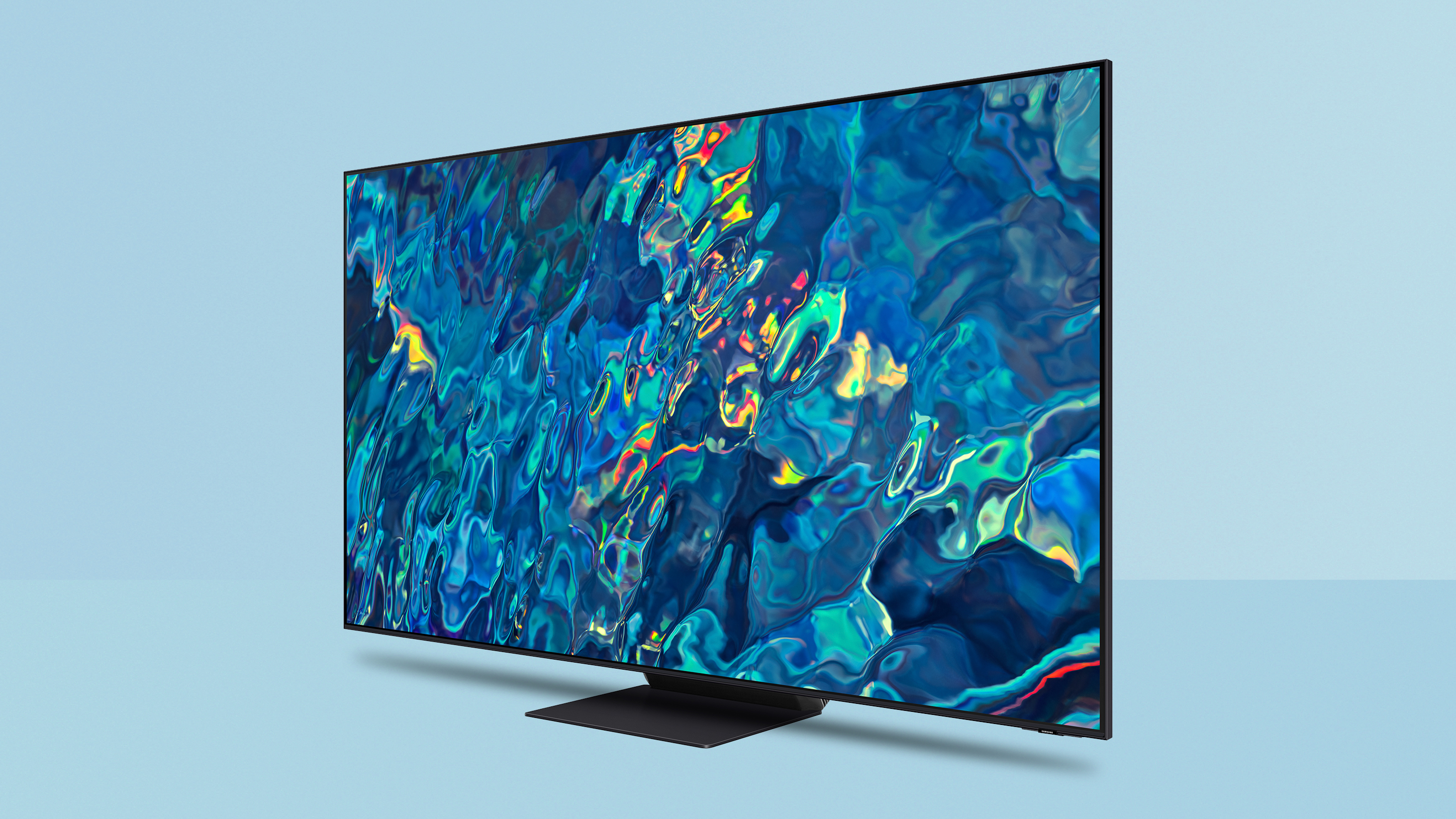 Samsung smart TV owners just got a welcome image upgrade
Samsung smart TV owners just got a welcome image upgradeHDR10+ comes to the Apple TV app on Samsung Smart TVs
By Carrie Marshall
-
 My LG C1 OLED TV makes The Darkness look incredible on Xbox Series X
My LG C1 OLED TV makes The Darkness look incredible on Xbox Series XThis classic first-person shooter is taken to a new level of awesome thanks to OLED TV tech
By Robert Jones
-
 TV deals in the Amazon Prime Early Access Sale from Samsung, LG and more
TV deals in the Amazon Prime Early Access Sale from Samsung, LG and moreBlack Friday deals have come early with these TV deals as part of Amazon's Prime Early Access Sale
By Mat Gallagher